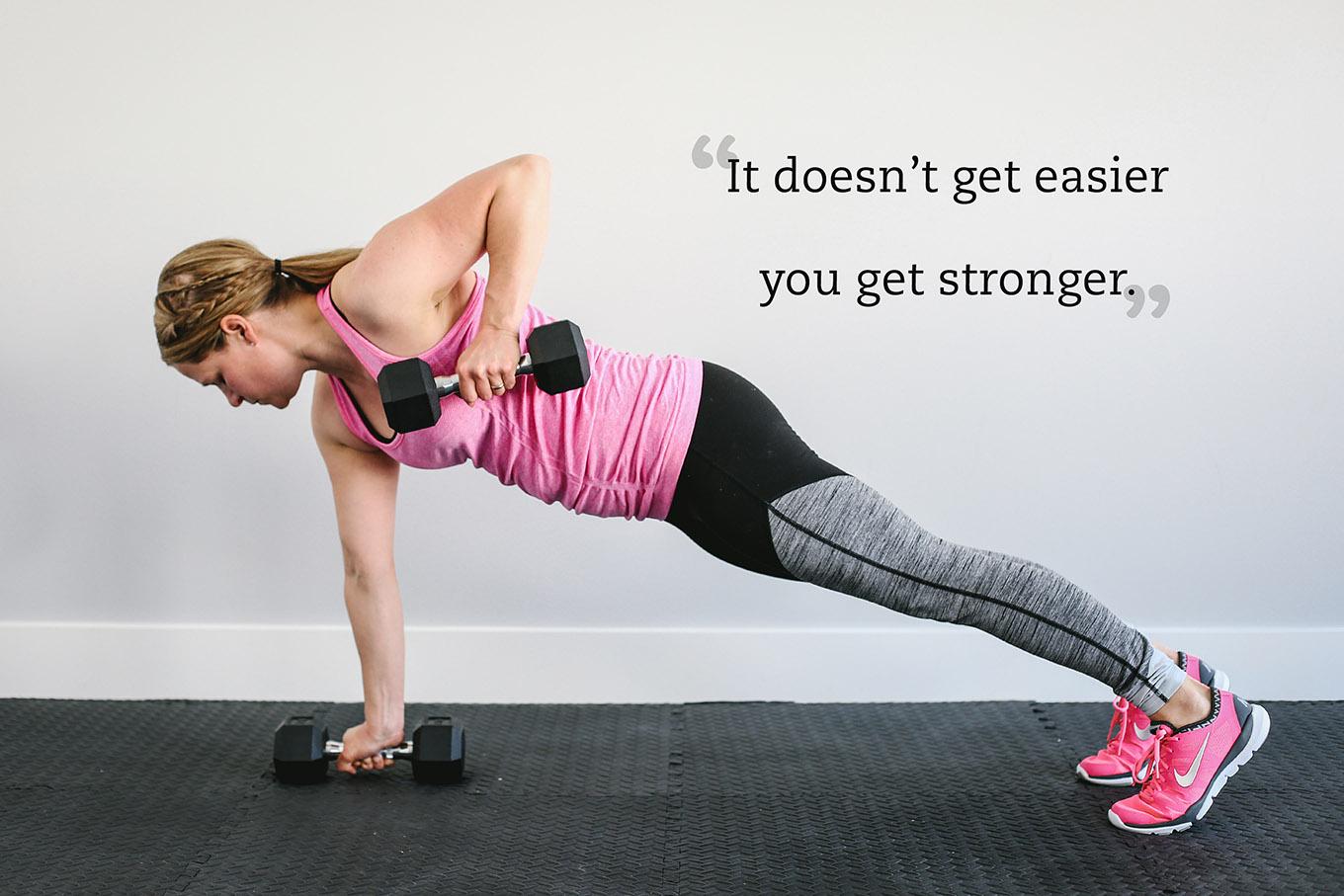Creating a balanced workout routine is essential for achieving optimal health and fitness. Whether you’re a seasoned athlete or just starting your fitness journey, understanding how to structure your workouts can make all the difference in reaching your goals efficiently and sustainably. A well-rounded routine not only improves strength and endurance but also enhances flexibility, balance, and overall well-being. In this guide, we’ll walk you through the key components of a balanced workout regimen, providing you with the knowledge and tools you need to tailor a plan that fits your lifestyle and fitness aspirations. With the right approach, you’ll be on your way to unlocking your full potential and enjoying the myriad benefits of a harmonious exercise routine.
Understanding the Core Components of a Balanced Workout
To craft a well-rounded workout routine, it’s crucial to integrate the essential elements that cater to the overall development of your body. These core components include cardiovascular endurance, strength training, flexibility, and balance exercises. Each of these plays a pivotal role in enhancing your physical fitness and ensuring your routine is both effective and sustainable.
- Cardiovascular Endurance: This is key for heart health and improving your body’s ability to transport oxygen. Incorporate activities like running, cycling, or swimming to boost your stamina.
- Strength Training: Focus on building muscle strength and endurance through exercises like weight lifting, resistance bands, or body-weight exercises such as push-ups and squats.
- Flexibility: Stretching exercises such as yoga or Pilates enhance your range of motion, decrease the risk of injury, and promote muscle relaxation.
- Balance Exercises: Incorporate activities that improve your stability and coordination, such as tai chi or simple standing leg lifts, which are essential for maintaining functional fitness as you age.
By ensuring that each of these components is part of your routine, you not only enhance your overall fitness but also enjoy a more varied and engaging workout experience.
Tailoring Your Exercise Plan to Fit Your Goals and Lifestyle
When crafting your workout routine, it’s essential to consider both your personal goals and the nuances of your daily life. A one-size-fits-all approach often leads to burnout or ineffective results. Instead, start by identifying your primary objectives—whether it’s building strength, increasing endurance, or enhancing flexibility. From there, tailor your routine to ensure it aligns with your lifestyle and schedule. Consider the following:
- Time Management: Determine how much time you can realistically dedicate to exercise each week. It’s more effective to have shorter, consistent workouts than to sporadically engage in lengthy sessions.
- Exercise Preferences: Choose activities that you genuinely enjoy. Whether it’s yoga, running, or weightlifting, finding joy in your workouts increases the likelihood of sticking with your plan.
- Variety and Balance: Incorporate a mix of cardio, strength, and flexibility exercises. This not only prevents monotony but also ensures a comprehensive approach to fitness.
- Rest and Recovery: Schedule rest days to allow your body to recover and prevent injury. Balance is key, and rest is a crucial component of any effective workout plan.
By aligning your exercise plan with your goals and lifestyle, you create a sustainable routine that not only fits seamlessly into your life but also keeps you motivated and on track to achieving your fitness aspirations.

Integrating Strength, Cardio, and Flexibility for Optimal Results
Achieving a harmonious workout routine involves a strategic blend of strength, cardio, and flexibility exercises. This trifecta not only enhances overall fitness but also ensures that your body remains resilient and adaptable. Strength training builds muscle mass and boosts metabolism, while cardio workouts elevate your heart rate, improving cardiovascular health and burning calories. Flexibility exercises like yoga or stretching improve your range of motion, reducing the risk of injury and aiding in muscle recovery.
For a well-rounded routine, consider the following components:
- Strength: Incorporate weight lifting, resistance bands, or bodyweight exercises like push-ups and squats, focusing on different muscle groups each day.
- Cardio: Mix high-intensity interval training (HIIT), cycling, running, or swimming to keep your heart engaged and your workouts dynamic.
- Flexibility: Dedicate time to stretching post-workout or integrate yoga sessions to maintain elasticity and prevent stiffness.
By thoughtfully integrating these elements, you’ll cultivate a balanced routine that not only meets your fitness goals but also promotes longevity and wellness.
Monitoring Progress and Adjusting Your Routine for Continuous Improvement
Consistently evaluating your progress is crucial to ensuring your workout routine remains effective and balanced. Start by keeping a detailed log of your workouts, noting down aspects such as exercise type, duration, intensity, and how you felt during and after the session. Regular assessment allows you to identify patterns and recognize areas needing adjustment. Every few weeks, review your log to see if you’re meeting your fitness goals or if changes are necessary. This might include increasing weights, adjusting rest periods, or incorporating new exercises to target different muscle groups.
- Listen to Your Body: Pay attention to any signs of fatigue or discomfort. If you notice persistent soreness or a lack of motivation, it might be time to incorporate more rest or switch up your routine.
- Set New Goals: As you progress, your initial goals might become outdated. Regularly update your objectives to keep yourself challenged and engaged.
- Seek Feedback: Consider consulting with a fitness professional to get an outside perspective on your routine and progress. They can provide valuable insights and suggest improvements you might not have considered.
By staying attuned to your body’s responses and being open to change, you’ll be able to fine-tune your workout plan for optimal results and sustained improvement.




